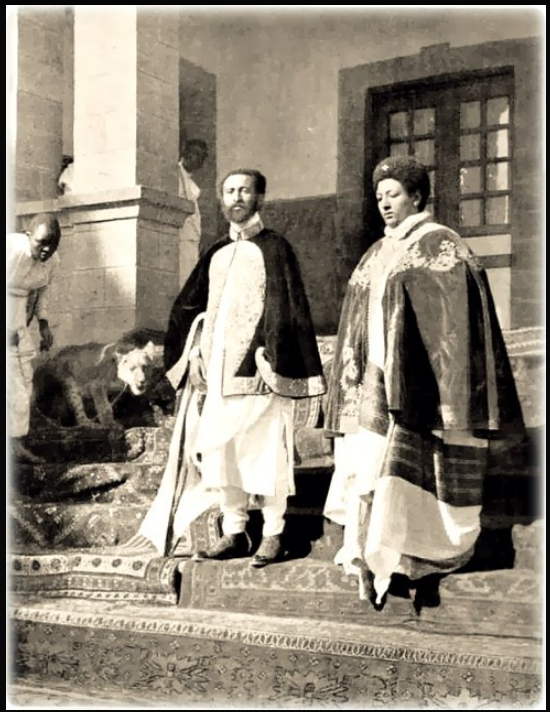
The Lion of Judah: Emperor Haile Selassie I and the Rise of Rastafari
Emperor Haile Selassie I of Ethiopia holds a unique and deeply revered position within the Rastafari movement. Far beyond a simple figurehead, he is considered by many Rastas to be the embodiment of God, Jah Rastafari. To understand this profound spiritual connection, we need to delve into both the Emperor’s lineage and the socio-political climate that gave rise to Rastafari.
The Solomonic Dynasty and Prophecy:
Haile Selassie I traced his lineage back to the Solomonic dynasty, claiming descent from King Solomon and the Queen of Sheba. This lineage connected him to a biblical narrative that resonated deeply within a community of disenfranchised Afro-Jamaicans seeking empowerment and spiritual identity. Furthermore, Marcus Garvey, a prominent Black Nationalist leader, had prophesied the crowning of a Black king in Africa who would symbolize liberation. When Ras Tafari Makonnen (Haile Selassie’s pre-coronation name) was crowned Emperor of Ethiopia in 1930, many saw this as the fulfillment of Garvey’s prophecy.
A Symbol of Black Empowerment:
Haile Selassie I became a symbol of hope and pride for Black people worldwide, particularly those who had suffered under colonial oppression. His defiance of Mussolini’s Italy during the Second Italo-Ethiopian War further solidified his image as a powerful leader resisting white domination. He advocated for pan-Africanism and played a crucial role in the formation of the Organization of African Unity (now the African Union).
Rastafari Theology and Haile Selassie I:
Rastafari theology is complex and diverse, with variations in beliefs and practices. However, central to most Rastafari groups is the recognition of Haile Selassie I as the living God, the second coming of Christ. His titles, “King of Kings, Lord of Lords, Conquering Lion of the Tribe of Judah,” are taken directly from the Bible (Revelation 19:16) and reinforce this divine association
Haile Selassie’s Visit to Jamaica:
In April 1966, Emperor Haile Selassie I visited Jamaica, an event that had a profound impact on the Rastafari movement. Though he himself was a devout Orthodox Christian and never claimed divinity, his visit solidified his status as a spiritual icon for Rastafari
Emperor Haile Selassie I’s legacy in Rastafari symbolizes Black liberation, spiritual power, and the bond between Africa and its diaspora. His image and teachings inspire Rastas globally in their quests for social justice, self-determination, and spiritual enlightenment.
It’s important to note: While Rastafari reverence for Haile Selassie I is undeniable, it’s crucial to understand that he himself never endorsed these beliefs. He maintained his identity as an Orthodox Christian throughout his life.
This blog post aims to provide a factual overview of the spiritual connection between Emperor Haile Selassie I and the Rastafari movement. It’s a complex and multifaceted topic, and further research is encouraged for those seeking a deeper understanding.

Jah Rastafari, 12 Star Issachar

